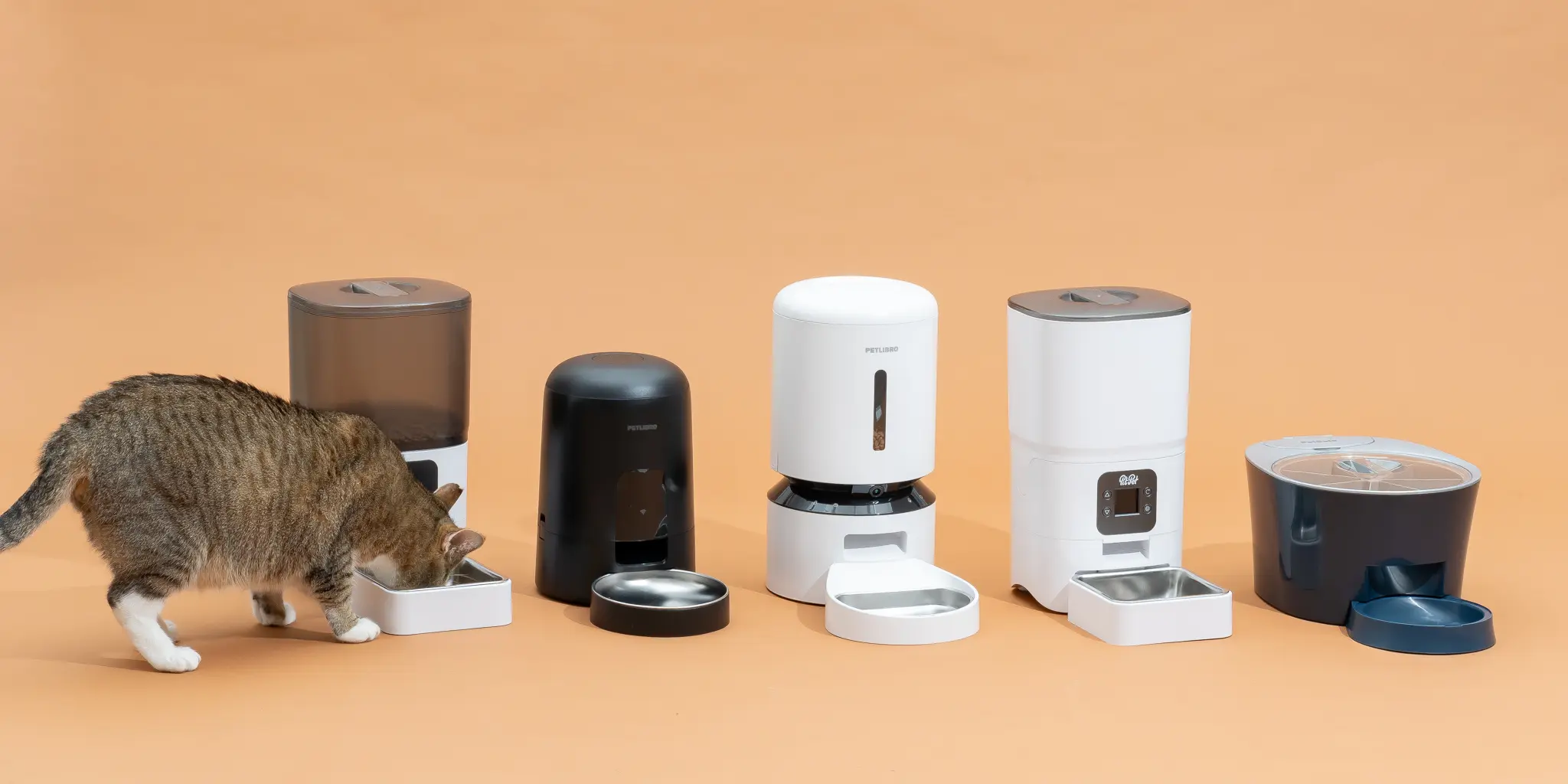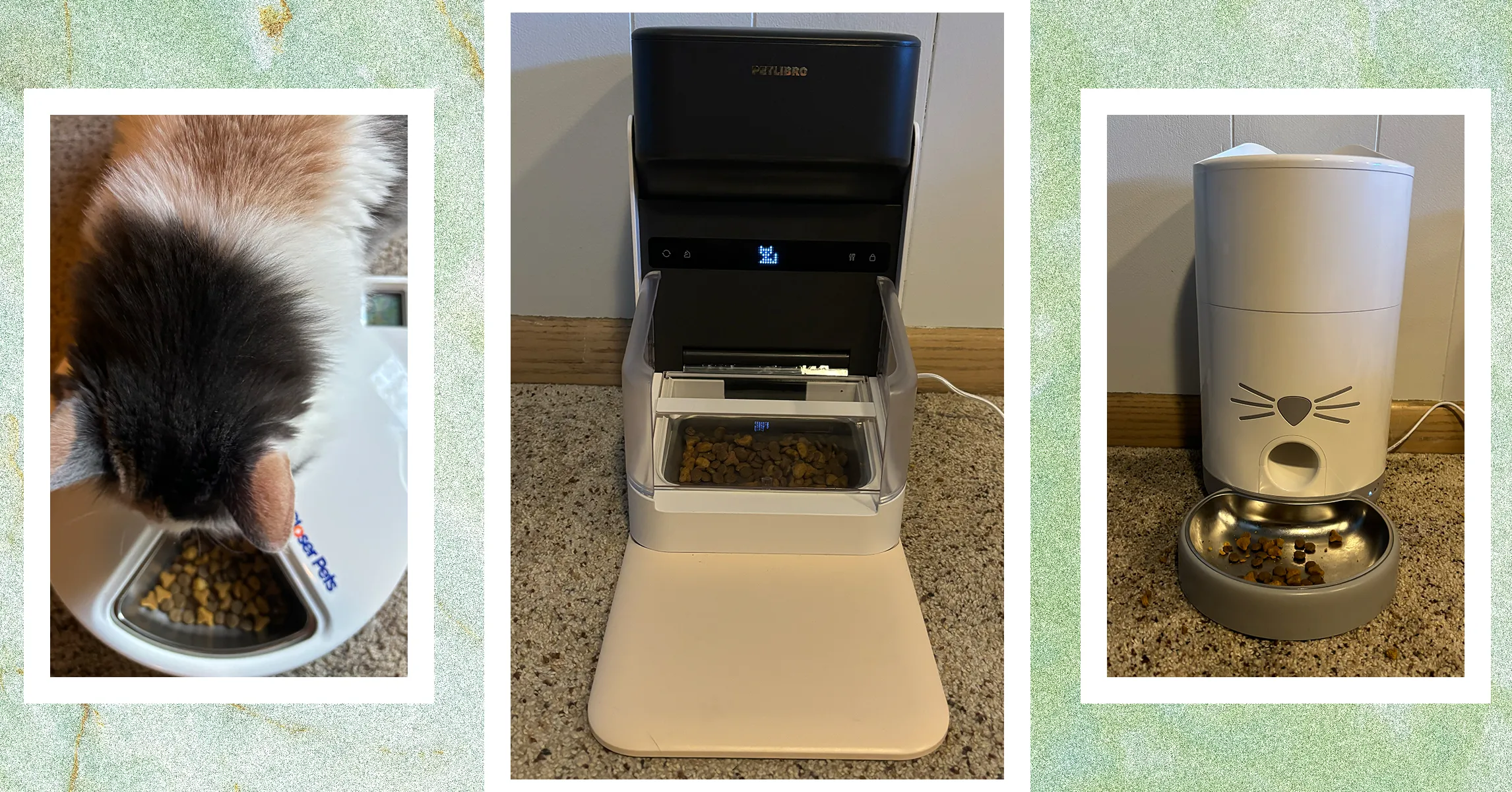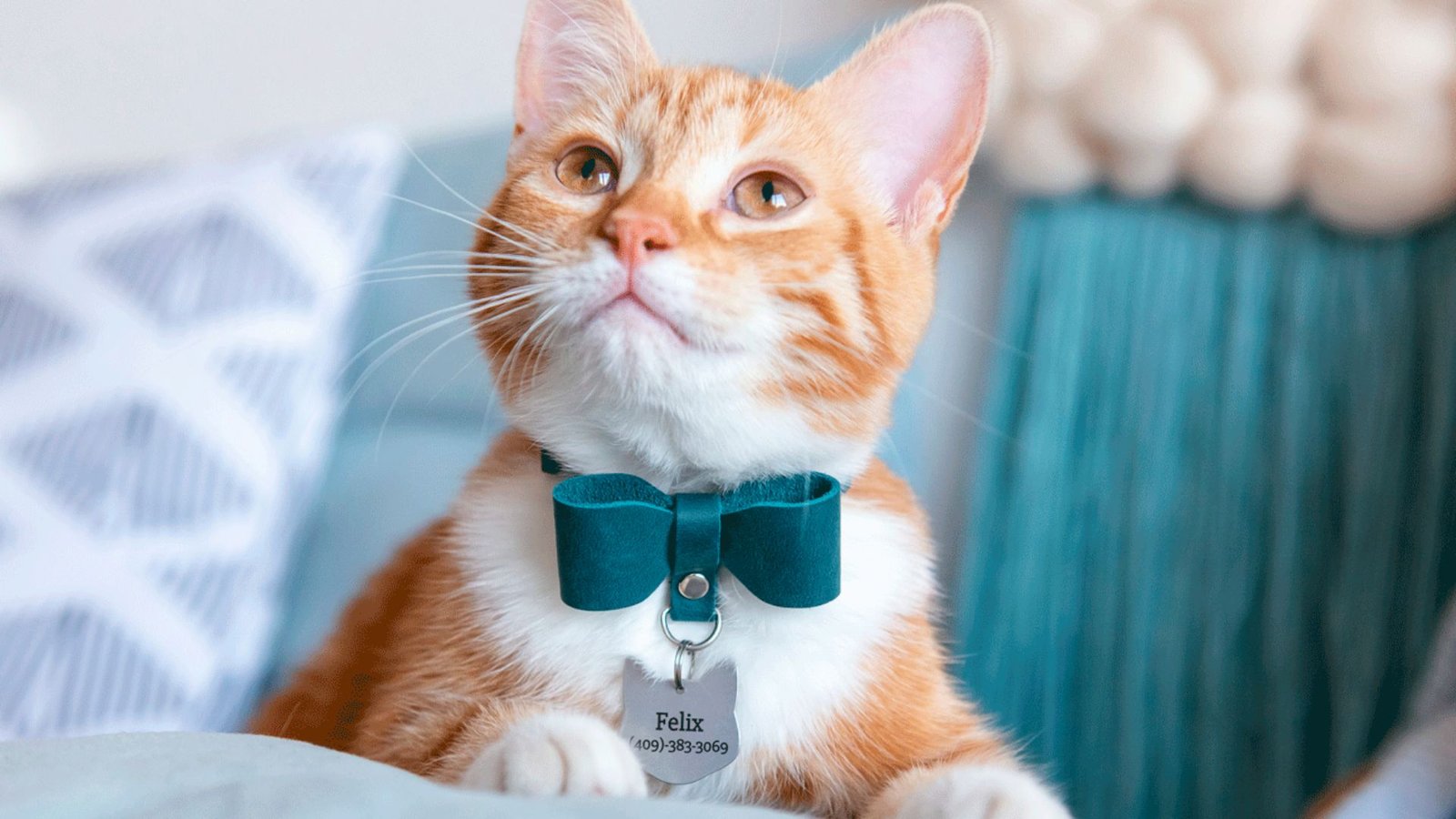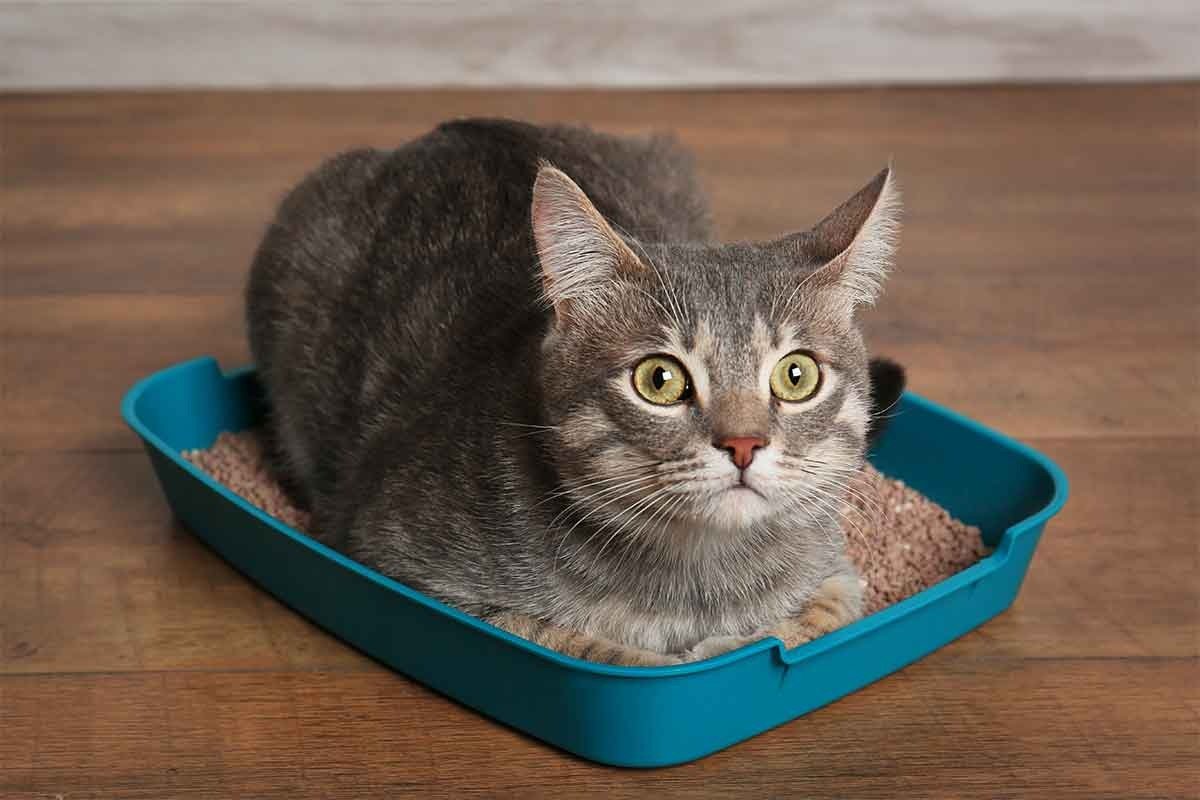Managing a cat’s feeding schedule can be challenging, especially for busy pet owners. Automatic feeders have become a popular solution, offering convenience and consistency. But are they worth it for your furry friend? Let’s explore how these gadgets work, their pros and cons, and what to look for when buying one.
How Do Automatic Feeders Work?
Automatic feeders are designed to dispense pre-set portions of food at scheduled times. They come in various models with features such as:
- Programmable Timers: Set specific meal times.
- Portion Control: Dispense measured amounts of food.
- Dual Food Options: Support for wet and dry food in advanced models.
- Smart Connectivity: Some feeders can be controlled via smartphone apps.
Pros of Automatic Cat Feeders
1. Convenience for Busy Owners
Automatic feeders ensure your cat gets fed on time, even if you’re not home.
2. Portion Control
They help prevent overeating or underfeeding by providing consistent meal sizes.
3. Regular Feeding Schedule
Maintaining a regular feeding schedule can improve your cat’s digestion and overall health.
4. Ideal for Multi-Pet Homes
Some feeders allow individual portioning, useful if you have cats with different dietary needs.
5. Useful for Cats with Medical Needs
Timed feeding can be critical for cats with diabetes or other health conditions.

Cons of Automatic Cat Feeders
1. Limited Interaction
Feeding time is an opportunity to bond with your cat, which may be reduced with an automatic feeder.
2. Malfunctions
Technical glitches can result in missed meals or overfeeding.
3. Wet Food Challenges
Not all feeders are designed for wet food, which may spoil if left out too long.
4. Cost
High-quality automatic feeders with advanced features can be expensive.
5. Dependency Risks
Cats may become reliant on the feeder, reducing their adaptability to manual feeding.
Features to Look For in an Automatic Cat Feeder
1. Programmable Settings
Choose a feeder with customizable settings for portion sizes and meal times.
2. Power Source
Opt for dual power options (battery and plug-in) to prevent disruptions during power outages.
3. Food Compatibility
Ensure the feeder supports your cat’s preferred food type (dry, semi-moist, or wet).
4. Build Quality
Look for sturdy, pet-proof designs to prevent your cat from tampering with the feeder.
5. Smart Features
Wi-Fi-enabled feeders allow you to control feeding schedules remotely through an app.
Best Scenarios for Using Automatic Feeders
- Long Work Hours: Ideal if you’re away for extended periods during the day.
- Travel: Useful for short trips, although someone should still check on your cat.
- Weight Management: Helps regulate portions for overweight or underweight cats.
- Medical Needs: Ensures consistent feeding for cats with specific dietary requirements.
Top Automatic Feeders to Consider
1. PetSafe Healthy Pet Simply Feed
- Supports up to 12 meals per day.
- Durable and pet-proof design.
2. WOPET Automatic Pet Feeder
- Smartphone app control.
- Ideal for busy owners.
3. Cat Mate C500
- Designed for wet food.
- Includes ice packs to keep food fresh.
4. Litter-Robot Feeder-Robot Combo
- Integrates feeding and litter tracking for comprehensive care.
Alternatives to Automatic Feeders
If an automatic feeder doesn’t suit your needs, consider:
- Slow Feed Bowls: Prevent rapid eating.
- Puzzle Feeders: Combine feeding with mental stimulation.
- Hiring a Pet Sitter: Ensures personalized care while you’re away.
Conclusion
Automatic feeders can be a worthwhile investment for pet owners with busy lifestyles or specific feeding needs. While they offer convenience and precision, they should not replace interaction and hands-on care. By choosing the right feeder and using it responsibly, you can simplify feeding while ensuring your cat’s health and happiness.




